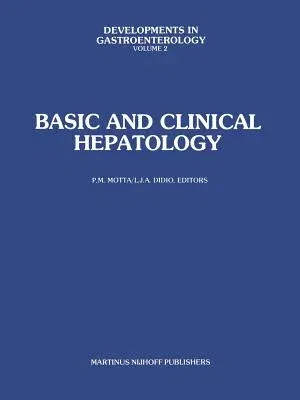The liver has been an organ of mystery for centuries. Slowly but surely
its secrets have been disclosed by both basic research and clinically
oriented investigators whose current concepts have been brought together
in this book by authors from five different countries. Three major
groups with many subgroups have made inroads into our better
understanding of the liver. The first of these comprises the basic
scientists whose study of single hepatocytes may provide the key to
comprehension of mechanisms that will lead eventually to improvement in
the morbidity and mortality associated with a variety of hepatic
disorders. The second group has been concerned with studies in depth of
the liver's response to a variety of hormones, drugs, viruses, and
infections. Both early and late results are their concern in the
diagnosis and treatment of the individual patient. A third group
comprises the surgeons who have become increasingly aggressive in the
removal of one or more segments of the liver. They have increased the
scope of hepatic resection as a result of a better understanding gained
from studies of various segments of the liver. They have accepted the
term, segmentectomy, and have extended feasible procedures to include
trisegmentectomy. Indeed, trans- plantation of the liver has been
successfully accomplished.


